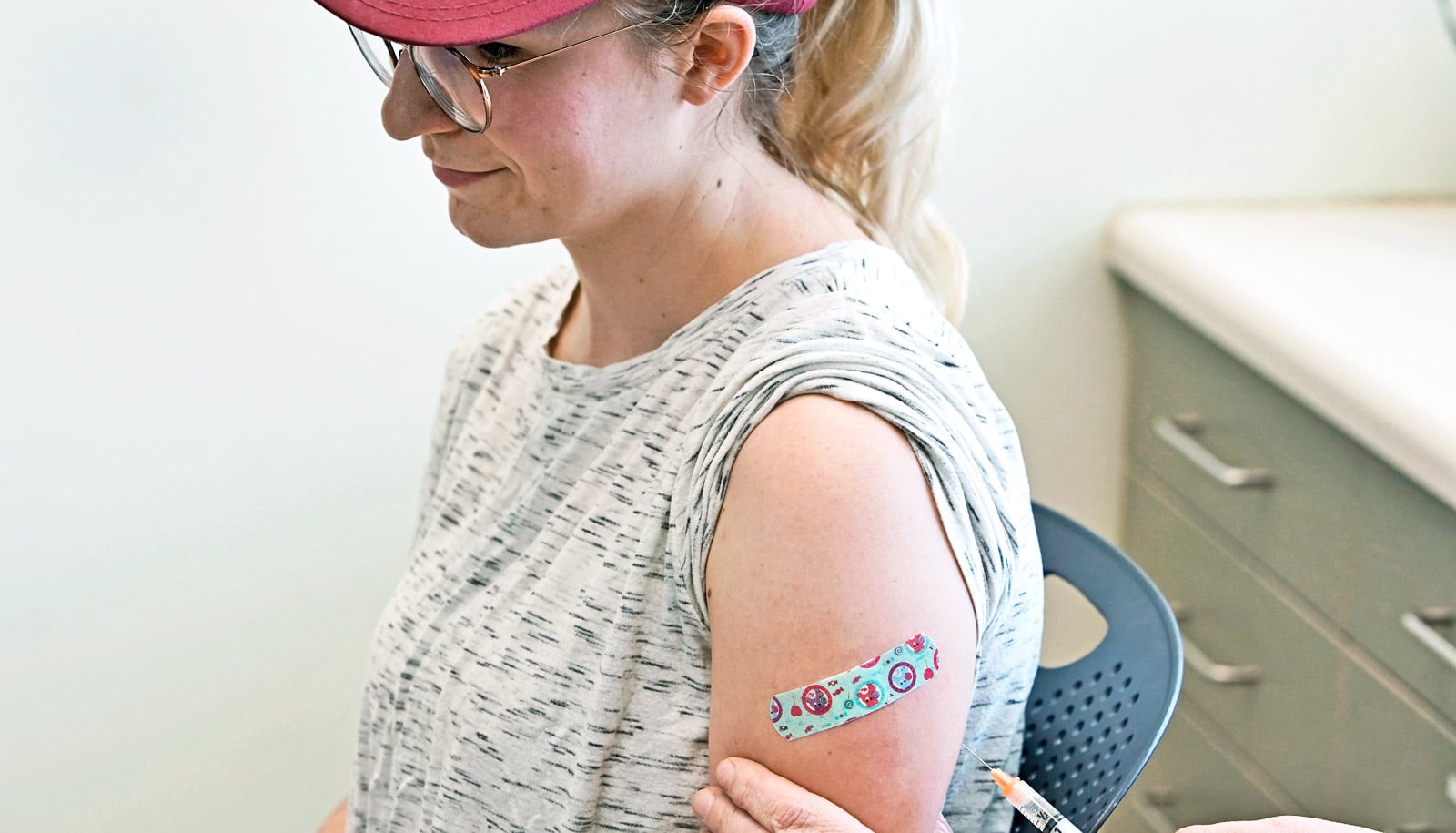The US is experiencing its worst measles outbreak in two decades—695 cases in 22 states, according to the Centers for Disease Control and Prevention. Experts say it’s entirely preventable.
In the Brooklyn and Queens neighborhoods of New York, officials confirmed 390 cases of measles, and officials in California identified a new outbreak of the disease in Los Angeles County.
In 2000, the US government declared measles “eliminated” because coverage with measles-carrying vaccines, the most common of which is the MMR vaccine, slowed transmission to a historic low of 86 cases.
“In one sense, the ability to stop measles by vaccinating children is quite simple,” says epidemiologist and pediatrician Bill Moss, interim executive director of the International Vaccine Access Center at Johns Hopkins University. “But in practice, it can be more challenging.”
“People tend to underestimate the risk of measles and overestimate the risk of the vaccine. It’s been very difficult to overcome.”
Measles is among the most contagious diseases that infect humans. The CDC estimates that if one person has the virus, up to 90 percent of people close to that person who are not immune will also become infected.
It’s a resilient pathogen as well, surviving on surfaces or in the airspace where an infected person coughed or sneezed for several hours. And infected people are contagious for up to four days before the telltale rash develops—meaning they can transmit the disease long before they know they have it.
In order to stop the spread of the measles virus, a very high proportion of the population must be immune, says Moss. When the disease reaches unvaccinated communities—as occurred in the ongoing outbreaks in Oregon and New York, and in Minnesota in 2017—it can spread rapidly.
“There are communities in the US and elsewhere where the rate of vaccination is low and has been low, and these pockets can go unnoticed until the virus is introduced,” Moss says. “That’s when the outbreak hits, and what was invisible becomes visible.”
To combat such a rapid spread of disease, experts say officials must also work to address the spread of misinformation about the safety and efficacy of vaccines.
“Ever since there was vaccination, there were people who were against vaccines,” Moss says. “But people tend to underestimate the risk of measles and overestimate the risk of the vaccine. It’s been very difficult to overcome.”
“This shouldn’t be an ‘us versus them’ situation. With vaccines, we need 95% coverage homogeneously across the population. We don’t get there by pointing fingers.”
A retracted scientific study published in the Lancet in 1999 falsely linked the MMR vaccine to autism, and members of the scientific community have spent the past two decades debunking the report and working to combat the distortions about vaccine safety that grew from it.
Interestingly, researchers discovered that correcting falsehoods can backfire, causing parents to further entrench themselves in their positions, says Daniel Salmon, a professor in the international health department and director of the Institute for Vaccine Safety.
“Less than 1 percent of people are ideologically opposed to vaccines,” Salmon says. “That’s very different from the 7 or 8 out of 10 parents who are concerned about vaccine safety. This shouldn’t be an ‘us versus them’ situation. With vaccines, we need 95 percent coverage homogeneously across the population. We don’t get there by pointing fingers.”
Especially in insular communities, such as the Orthodox Jewish community in New York where health experts recorded a cluster of measles cases, recruiting trusted sources such as pediatricians, religious leaders, and other community figures to champion vaccines can offer an effective strategy for increasing vaccination.
“Parents want to do what’s best for their kids,” says Rupali Limaye, an assistant scientist in the international health department and associate director for behavioral research at the Institute for Vaccine Safety. “We need to focus on building empathy with parents and making sure we provide them with trusted sources of information who understand—but don’t reinforce—their concerns.”
“I would much rather give my kids two doses of measles vaccines than expose them to the disease.”
To support this effort, researchers at the Institute for Vaccine Safety, including Salmon and Limaye, published The Clinician’s Vaccine Safety Resource Guide (Springer 2018) a guide for effectively discussing vaccines and vaccine safety with parents. Epidemiologist Matthew Dudley is the lead author.
“The number one resource for parents is their doctors,” Salmon says. “But most medical schools don’t spend a lot of time training physicians in how to communicate with patients.”
Among the guidelines, Limaye says, is a strategy for countering false information that includes pivoting the conversation to instead focus on disease risk. And with measles, the risks are serious. The disease can lead to serious complications and infections, and even death.
In 1911, Clemens von Pirquet, the first professor and chair of pediatrics at Johns Hopkins, discovered that a child’s immune system is suppressed after contracting measles. There’s some evidence that suggests this state of suppressed immunity can last for years, Moss says, making children who recover from measles more susceptible to other life-threatening diseases such as pneumonia.
In rare cases, measles can lead to the development of serious brain infections and progressive neurologic disorders. Although most people with measles will recover, 110,000 people died from measles around the world in 2017, according to World Health Organization estimates.
“Part of the problem is that people are no longer fearful of these diseases, and their fears have shifted to vaccines,” Salmon says. “And while it’s true there’s a better immune response to natural disease than to vaccines, measles can cause serious complications including brain swelling, and kids are dying from it.
“It’s all about risk and benefits,” he adds. “I would much rather give my kids two doses of measles vaccines than expose them to the disease. I’m not going to take that risk.”
Source: Johns Hopkins University



